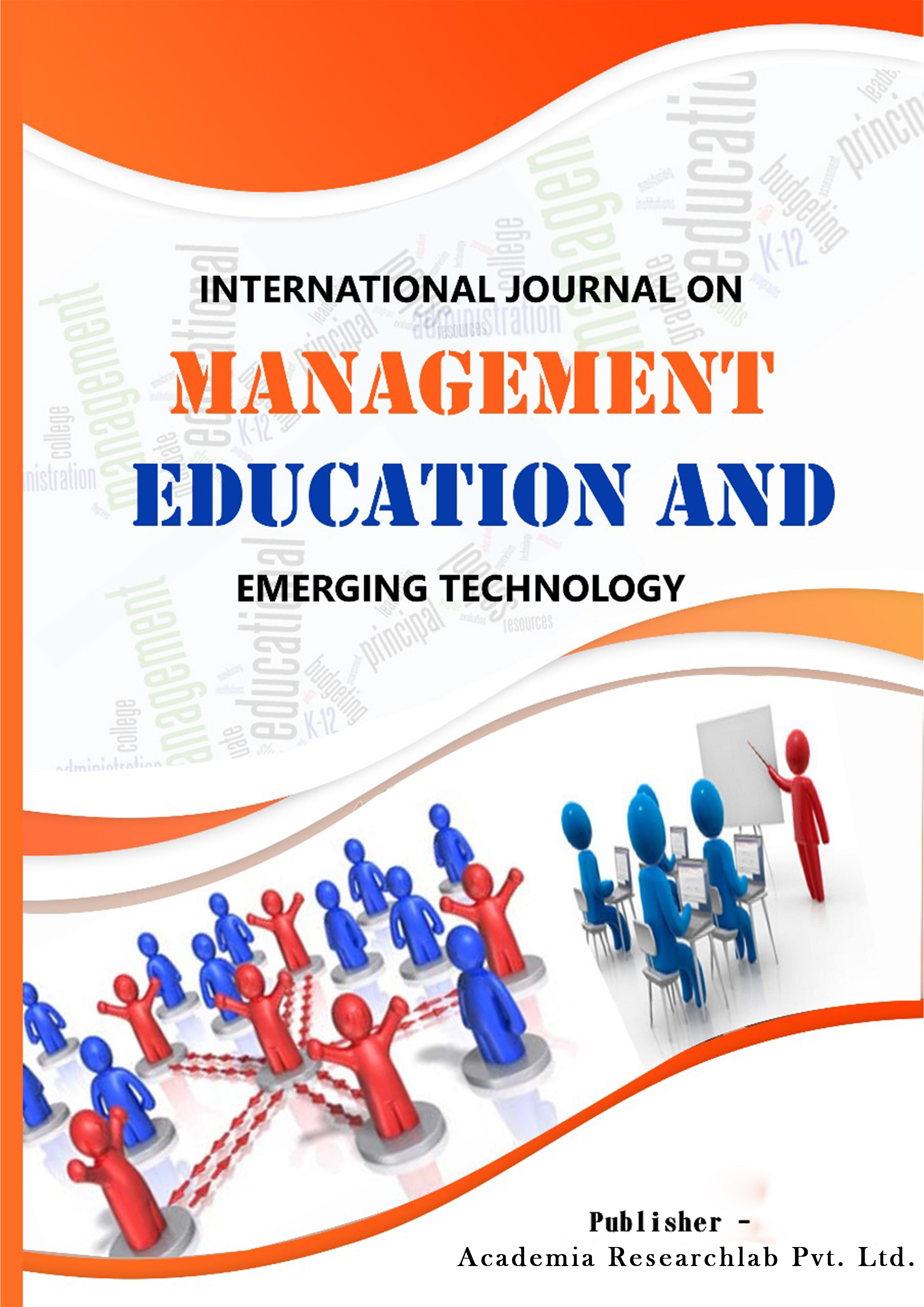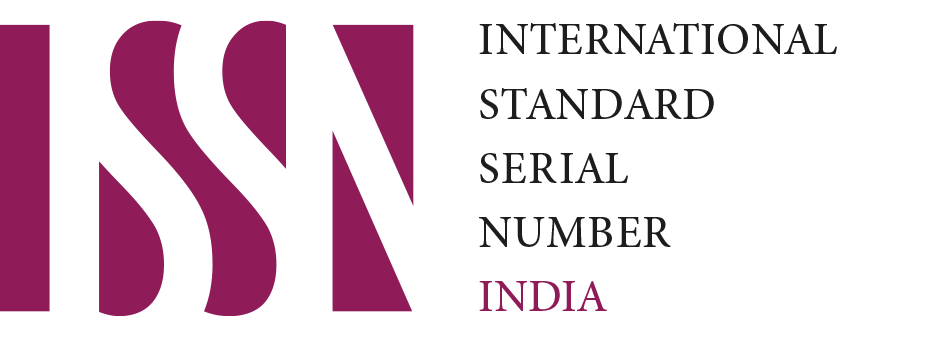Resilience and Flourishing of Students:Basis for Catholic Schools Sustainability Plan in the New Normal
Keywords:
Resilience, Flourishing, Undergraduate Students, Catholic Schools, COVID-19 Pandemic, Quantitative Analysis, Brief Resilience Scale, Flourishing Scale, Demographic Patterns, Student Well-BeingAbstract
This study investigates the resilience and flourishing levels of undergraduate students enrolled in Catholic schools during the COVID-19 pandemic. It proposes a quantitative analysis using two validated instruments: the Brief Resilience Scale for measuring resilience and the Flourishing Scale for assessing overall well-being. Data were collected from students across ten Catholic schools within the Kabankalan Diocese and analyzed through various statistical methods, including frequency, percentage, mean, Kruskal-Wallis test, and Spearman's rho correlation. The findings reveal that the majority of respondents exhibit high levels of resilience and flourishing, with notable demographic patterns, such as a predominance of female students and a significant portion from lower-income, rural backgrounds. Importantly, while no significant difference in resilience and flourishing was observed among different demographic groups, a significant relationship between the two constructs was identified. This research contributes to the understanding of student well-being in educational settings during crises, highlighting the need for supportive programs like effective Homeroom Guidance initiatives to foster resilience and flourishing among undergraduate students. Future work may explore the implementation and impact of such programs in enhancing student support systems.
References
1) Aburn G, et.al. (2016). What is resilience? An integrative review of the empirical literature. J Adv Nurs. 72:980–1000. doi: 10.1111/jan.12888
2) Afek, et.al. (2021). Psychological Resilience, Mental Health, and Inhibitory Control Among Youth and Young Adults Under Stress.Front. Psychiatry, 20 January 2021 Sec. Child and Adolescent Psychiatry Volume 11 – 2020 https://doi.org/10.3389/fpsyt.2020.608588
3) Alibudbud, Rowalt (2021) “On online learning and mental health during the COVID-19 pandemic: Perspectives from the Philippines”, National Library of Medicine
4) Baloran, Erick T. (2020) “Knowledge, Attitudes, Anxiety, and Coping Strategies of Students during COVID-19 Pandemic”.
5) Camora, J.M. (2022). Integration of the Agustinian values into the homeroom guidance program. [Master’s thesis, University of San Agustin].
6) Chmitorz A, et al. (2018). Intervention studies to foster resilience-a systematic review and proposal for a resilience framework in future intervention studies. Clin Psychol Rev. 59:78–100. doi: 10.1016/j.cpr.2017.11.002
7) Cohen, R. et al. (2016). Purpose in life and its relationship to all-cause mortality and cardiovascular events: A meta-analysis. Psychosom Med 78, 122–133 (2016).
8) Dela Fuente J(2021). A structural equation model of protection and risk factors for University academic stress: analysis and implications for the COVID-19 emergency. Front Psychol. (in review).
9) Dumlao, Villamor P.(2020) “INFLUENCE OF PANDEMIC IN MENTAL HEALTH AMONG GRADE 12 STUDENTS OF ST. ROSE CATHOLIC SCHOOL, INC.”, A Research Presented to the Faculty of St. Rose Catholic School, Inc.
10) Fiorilli C, et al.(2020). Trait emotional intelligence and school burnout: the mediating role of resilience and academic anxiety in high school. Int J Environ Res Public Health. (2020) 17:3058. doi: 10.3390/ijerph17093058
11) Gerson M, Fernandez N. (2013) PATH: a program to build resilience and thriving in undergraduates. J Appl Soc Psychol. 43:2169–84. doi: 10.1111/jasp.12168
12) Grossman MR (2014). Clarifying the Nature of Resilience: A Meta-Analytic Approach (Graduate theses and dissertations). Available online at: http://scholarcommons.usf.edu/etd/5031 (accessed June 10, 2020).
13) Grossman MR (2017). The Structure of Resilience: An Empirical Examination of Resilience Factors (Graduate theses and dissertations). University of South Florida. Retrieved from: https://scholarcommons.usf.edu/etd/6851 (accessed June 10, 2020).
14) He F, et.al. (2013). The impacts of dispositional optimism and psychological resilience on the subjective well-being of burn patients: a structural equation modelling analysis. PLoS ONE. (2013) 8:8–12. doi: 10.1371/journal.pone.0082939
15) Hernandez, et.al. (2019). Stress, self-efficacy, academic achievement and resilience in emerging adults. Electron J Res Educ Psychol. 17:129–48. doi: 10.25115/ejrep.v17i47.2226
16) Inna Reddy Edara et. Al.(2021). “Religiosity and Contentment among Teachers in the Philippines during COVID-19 Pandemic: Mediating Effects of Resilience, Optimism, and Well-Being”, Religion 12
17) Levin, J. (2022). Institute for Studies of Religion and Medical Humanities Program, Baylor University, Waco, TX 76798, USA Challenges 2022, 13(1), 12; https://doi.org/10.3390/challe13010012
18) Received: 20 December 2021 / Revised: 14 March 2022 / Accepted: 15 March 2022 / Published: 17 March 2022
19) Levin, J. (2020). Religion and Mental Health in the Age of COVID-19. Berkley Forum. 2020. Available online: https://berkleycenter.georgetown.edu/responses/religion-and-mental-health-in-the-age-of-covid-19 (accessed on 10 March 2022).
20) Lituañas, Cyril Ryan A. et. Al. (2021). “An Outlook of Catholic Religious Youth Organizations in the Time of Pandemic: A Case of the Student Catholic Action of the Philippines”, PANDEMIC, RESILIENCE, AND THE ARTS, The 14th De La Salle University Arts Congress
21) Macapagal, Paulo Manuel L. (2020). “Covid-19: Psychological Impact”, African Journal of Biology and Medical Research, Vol. 3, Issue 2, pp. 182-187
22) Malolos, Grace Zurielle C. (2021). “Mental Health and Well-being of Children in the Philippine Setting during the COVID-19 Pandemic”, National Library of Medicine
23) Masten, AS (2015). Ordinary Magic: Resilience in Development. New York, NY: Guilford Publications.
24) Miranda, JO(2020). Resilience mediates the relationship between optimism and well-being among Filipino University students. Curr Psychol. 39:1–10. doi: 10.1007/s12144-020-00806-0
25) Narvaez, Aly (2020) “Girls’ needs unmet, voices unheard amid COVID-19”, Plan International Philippines study
26) National Research Council (2013). Subjective Well-Being (National Academies Press, Washington, DC).
27) National University (NU). (2022). Social emotional learning (SEL) and why it matters for educators. https://www.nu.edu/resources/social-emotional-learning-sel-why-it matters
28) Petway KT, Brenneman MW, Kyllonen PC (2016). Conecting noncognitive development to the Educational Pipeline. In: Khine MS, Areepattamannil S, editors. Non-cognitive Skills and Factors in Educational Attainment. Dordrecht: Sense Publishers.
29) Pidgeon AE,et al. (2014). Rowe NF, Stapleton P, Magyar HB, Lo BC. Examining characteristics of resilience among University students: an international study. Open J Soc Sci.2:14–22. doi: 10.4236/jss.2014.211003
30) Prince-Embury K, et.al. (2016). Psychosocial skills: school-based promotion of resiliency in children and adolescents. In: Lipnevich AA, Preckel F, Roberts RD, editors. Psychosocial Skills and School Systems in the 21st Century. Cham: Springer (2016). p. 301–24.
31) Rapport LJ,et.al. (2020). Resilience and well-being after traumatic brain injury. Disabil Rehabil. 42:2049–55. doi: 10.1080/09638288.2018.1552327
32) Ryan J,et.al. (2019). Building student resilience for graduate work readiness. In: Diver A, editor. Employability via Higher education: Sustainabilility as Scholars. Liverpool: Springer.
33) Salmela-Aro K & Upadyaya K (2020). School engagement and school burnout profiles during high school-The role of socio-emotional skills. Eur J Dev Psychol. 17:1–22. doi: 10.1080/17405629.2020.1785860
34) St. Mary’s Press. (2022). Faith shield. https://www.smp.org/resourcecenter/resource/10212/
35) Su, R. et al (2014). The development and validation of the comprehensive inventory of thriving (CIT) and the brief inventory of thriving (BIT). Appl Psychol Health Well-Being 6, 251–279.
36) Tu PC, et al. (2020). Positive psychological changes after breast cancer diagnosis and treatment: the role of trait resilience and coping styles. J Psychosoc Oncol.38:156–70. doi: 10.1080/07347332.2019.1649337
37) Tyler J. VanderWeele tvanderw@hsph.harvard.eduAuthors Info & Affiliations. Edited by Kenneth W. Wachter, University of California, Berkeley, CA, and approved June 16, 2017 (received for review February 21, 2017)July 13, 2017. 114 (31) 8148-8156. https://doi.org/10.1073/pnas.1702996114
38) Ungar M & Theron L (2020). Resilience and mental health: how multisystemic processes contribute to positive outcomes. Lancet Psychiatry. 7:441–8. doi: 10.1016/S2215-0366(19)30434-1
39) World Health Association. Preamble to the Constitution of the World Health Organization. International Health Conference (World Health Association, New York), Official Records of the World Health Organization, No 2, p 100. (1948).
40) Wright M, Masten AS, Narayan AJ. Resilience processes in development: four waves of research on positive adaptation in the context of adversity. In: Goldstein S,Brooks RB, editors. Handbook of Resilience in Children. New York, NY: Springer (2013). p.15–37.
41) Wu Y, et.al. (2020). The relationship between resilience and mental health in Chinese college students: a longitudinal cross-lagged analysis. Front Psychol. (2020) 11:108. doi: 10.3389/fpsyg.2020.00108
42) Wu G, et al. (2013). Understanding resilience. Front Behav Neurosci. 7:10. doi: 10.3389/fnbeh.2013.00010
43) Yoonyoung Cho, Yoonyoung et. Al. (2021) “The Impact of the COVID-19 Pandemic on Low Income Households in the Philippines:Impending Human Capital Crisis”, COVID-19 Low Income HOPE Survey Note No. 3
44) Yu J, & Chae S (2020). The mediating effect of resilience on the relationship between the academic burnout and psychological well-being of medical students. Korean J Med Educ. (2020) 32:13. doi: 10.3946/kjme.2020.149
45) Zhang, et al. (2016). Positive affect and mortality risk in older adults: A meta-analysis. PsyCh J 5, 125–138.
Additional Files
Published
How to Cite
Issue
Section
License
Copyright (c) 2024 International Journal on Management Education and Emerging Technology(IJMEET)

This work is licensed under a Creative Commons Attribution-NonCommercial-NoDerivatives 4.0 International License.





